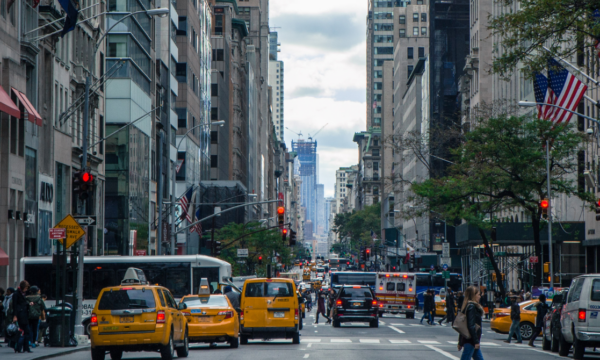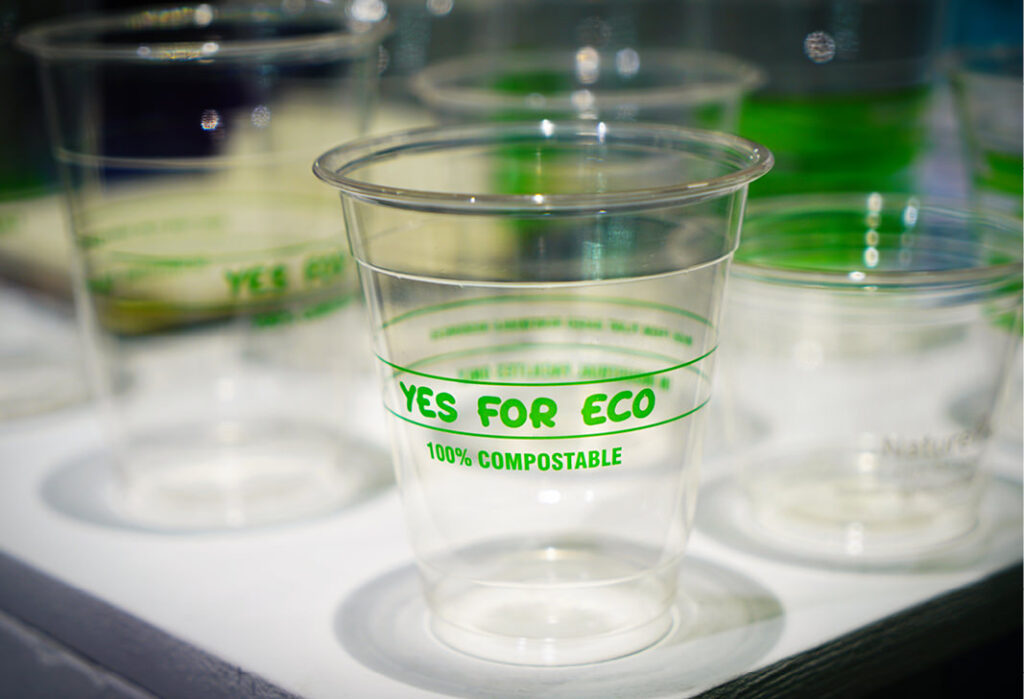

Compostable Plastics: A Deep Dive
As compostable plastics become more common on store shelves and in food packaging, consumers are increasingly drawn to products that suggest a lighter environmental footprint. Stark figures suggest that as much as a dump truck’s worth of plastic enters our oceans every minute and so the shift in attitudes towards plastic recycling is unsurprising.
The growing trend in plastic use is fueled by the assumption that if a product or its packaging is labeled as “biodegradable” or “compostable,” then it must be the more sustainable option. Unfortunately, that is not necessarily the case. The reality behind these materials can be a lot more complicated and in many cases, less sustainable, than it first appears.
Compostable plastics are a type of biodegradable plastic designed to break down under specific conditions into water, carbon dioxide and biomass. Unlike conventional plastics, they are often derived from plant-based sources like sugarcane or corn starch.
However, compostable does not mean compostable everywhere. These plastics typically require the high heat and controlled conditions of industrial composting facilities to decompose effectively. The U.S. Environmental Protection Agency (EPA) notes that unless a product is specifically labeled for home composting, it should not be added to a home compost pile, as most compostable plastics are designed to break down in industrial composting facilities with controlled conditions.
The term “biodegradable” is even more ambiguous. According to the U.S. Composting Council, regulations should prohibit misleading terms like “biodegradable,” “degradable,” or “decomposable” on products and packaging, as these terms can mislead consumers about the environmental impact of a product. This means a “biodegradable” cup may sit in the ocean or a landfill for decades and decades – not quite the green dream some consumers think they’re choosing.
Importantly, all compostable plastics are biodegradable, but not all biodegradable plastics are compostable. Environments such as in soil, fresh or marine water are not controlled in any way and therefore the time for a material to biodegrade will vary massively.
Due to this confusion, several U.S. states including California and Washington have banned the term “biodegradable” in marketing for single-use plastics.
All plastic, including biodegradable and compostable types, must be collected and paired with the right recovery systems, so that the material stays in the loop and out of nature.

Compostable packaging is expected to grow 16% annually in the U.S. through 2032. Despite this growing market, most U.S. municipalities are not equipped to handle it.
Compostable plastics often resemble traditional plastics but should not be put in with other plastic recycling as they are designed to break down in very specific composting conditions rather than be recycled, explain World Wildlife.
“Lookalike” non-compostable items can disrupt composting systems; if a load of compost is contaminated, the entire batch may be rejected and sent to landfill or incineration.
Industrial composting facilities are limited and access is uneven. A 2024 report from Beyond Plastics found that only 46 of 173 U.S. industrial composters accept compostable packaging. Even when infrastructure does exist, the challenge of contamination looms large.
Compostable plastics are best used for specific applications, where collection and proper processing is easily facilitated to avoid loss into other waste streams, or contamination of recycling. These include food waste caddy liners, fruit and vegetable stickers, tea bags and food containers used in closed-loop settings like festivals or workplace cafeterias. In these cases, food contamination makes regular recycling impractical and composting the entire item can divert both packaging and scraps from landfill.
However, unlike with regular composting, the breakdown of compostable plastic contributes little to compost quality, meaning that compostable plastics are not yet part of a true circular economy.
They are also not free from environmental risk. Testing has shown that even ASTM-certified compostable items may leave behind microplastic fragments, depending on the testing method used. The standard allows for up to 10% of material to remain larger than 2mm, creating a loophole that still lets microplastics enter finished compost.
Another concern is the use of PFAS, or so-called “forever chemicals”, in compostable foodware. These substances help repel grease and water, but they are linked to a host of serious health issues and have been found to leach into both food and compost.
Some food waste processors are equipped with de-packaging systems that mechanically separate organic material from non-compostable packaging, including conventional plastic bags. This allows them to accept food waste in a wider variety of formats, though the resulting organics are still subject to contamination risks.
Our drop-off enclosures feature larger loading apertures that allow food waste to be accepted either loose or in bags—though what is permitted varies widely by location.
Some haulers require paper-only liners, others accept certified compostable bags and some reject bags entirely to avoid contamination. For this reason, checking with providers before use remains essential.

To fulfil their potential, compostable plastics must be part of a well-designed waste management system. That means:
It is widely agreed that compostable plastic offer context-specific benefits, but it is also worth noting that if mismanaged, they can cause more harm than good.
For now, the most sustainable choices remain: